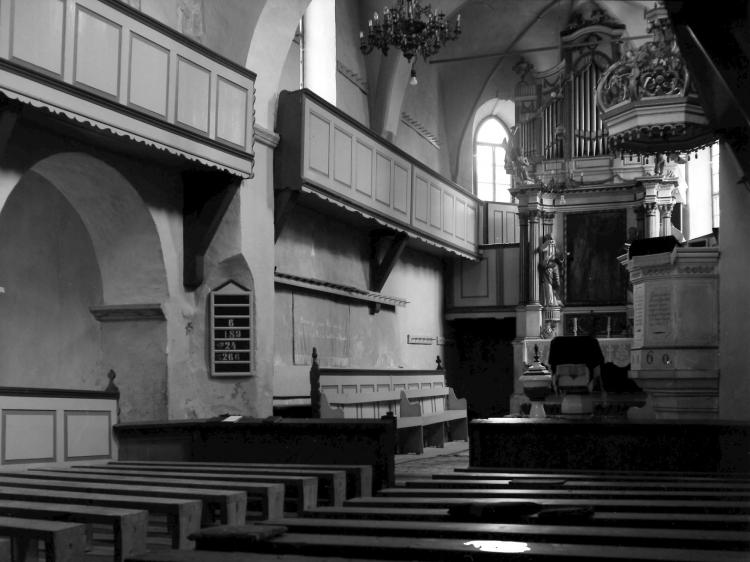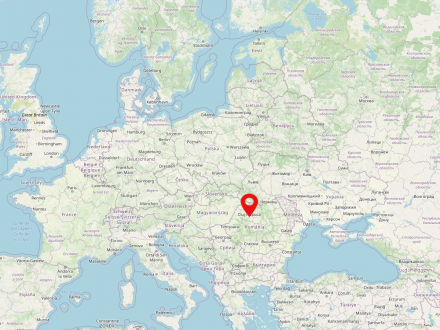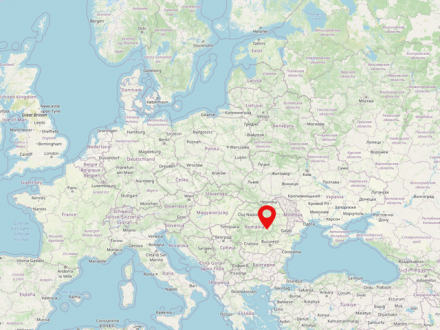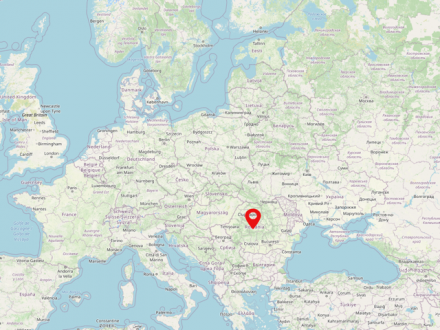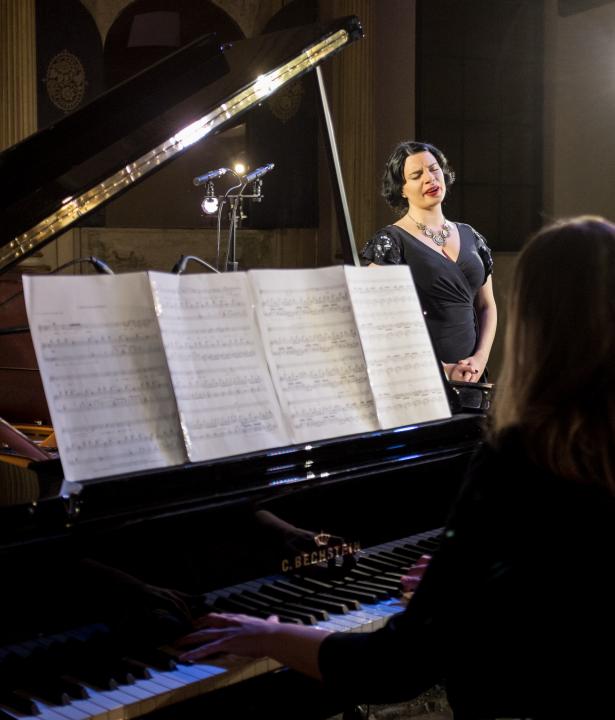Cluj-Napoca (German: Klausenburg, Hungarian: Kolozsvár) is a major city in the Transylvanian county of Cluj in northwestern Romania. It is the second largest city in Romania with about 324,000 inhabitants.
Brașov is located in the historical region of Transylvania in the center of Romania and is a large city with almost 250,000 inhabitants. Brașov was one of the settlement centers of the Transylvanian Saxons.
Sibiu (rom. Sibiu, hung. Nagyszeben) is a city in central Romania. With almost 147,000 inhabitants it is the capital of the Sibiu County. It is located in the historical region of Transylvania and is an important place of the German speaking minority of the Transylvanian Saxons. Sibiu is located about 275 km northeast of Bucharest, the capital of Romania.
- Darstellung interethnischer Beziehungen im interkulturellen Bereich in siebenbürgischen Zeitungen. In: Csaba Földes (Hg.): Beiträge zur interkulturellen Germanistik Band 7. Tübingen: Narr Francke Attempto 2017, S. 37−51.


